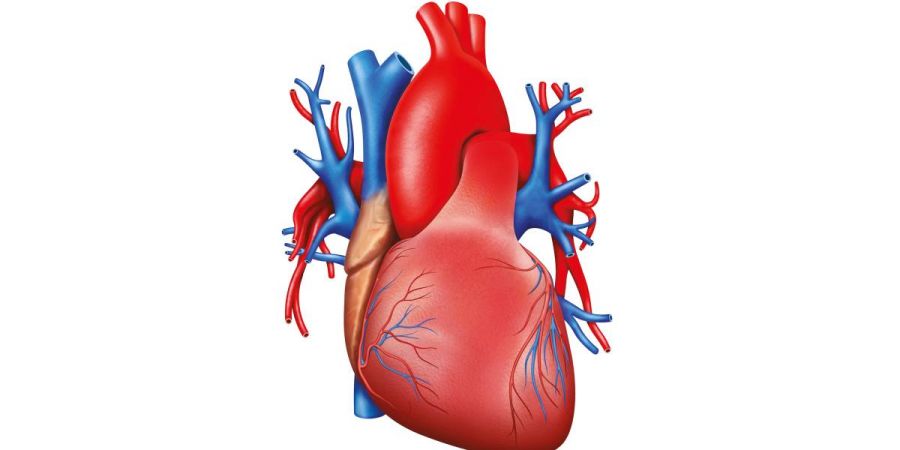

Heart or heart or heart (meaning the first or primary one for life) (synonyms: thorax, chest) is a female organ found in all organisms that has a cardiac circulatory system. A muscular organ. Its job is to pump blood through the blood vessels throughout the body through continuous, uniform contraction and expansion. Through this, the blood supplies the body with vital nutrients and nutrients and helps in removing metabolic waste products.
The heart is made up of a self-propelled cardiac muscle. It is found only in the heart. An average human heart rate is 72 beats per minute.
A 66-year-old adult will beat approximately 2.5 billion times in his lifetime. The heart weighs an average of 250 – 300 g (9 – 11 oz) in females and 300 – 350 g (11 – 12 oz) in males.
The tubes that bring blood to the heart are called veins or vessels and the tubes that carry blood from the heart to other parts of the body are called arteries or nadis. The heart is enclosed within a protective sac called the pericardium or pericardium. The fluid found in the pericardium helps protect the heart from shocks and prevents it from rubbing against other parts as it contracts and expands. The wall of the heart is made up of the epicardium (part of the pericardium), myocardium, and endocardium. Cardiac conduction system helps the heart to function smoothly.
The structure of the heart differs between animals, with cephalopods having two "gill hearts" and a "block heart". In vertebrates, the heart is located in the front of the body behind the sphincter. The pericardium is always surrounded by pericardium.
Layout and format
The human heart is housed in a double membranous sac in the middle mediastinum at the level of the fifth and eighth thoracic vertebrae. This is called the pericardium or pericardium. The outer garment is seen sticking to the chest.Fluid is found within the two-layered pericardium. This fluid protects the heart from sudden shocks and prevents friction during the heart's action. The wall of the heart is made up of the epicardium (a part of the pericardium), the myocardium, and the intima. The back of the heart is located in front of the vertebrae. The anterior part of the heart lies behind the sternum and rib cages. At the top of the heart are connected the great arteries and veins. The apex of the heart is located at the level of the third rib. The heart is conical in shape. The lower end of the heart, called the pericardium, is located to the left of the ribcage.






